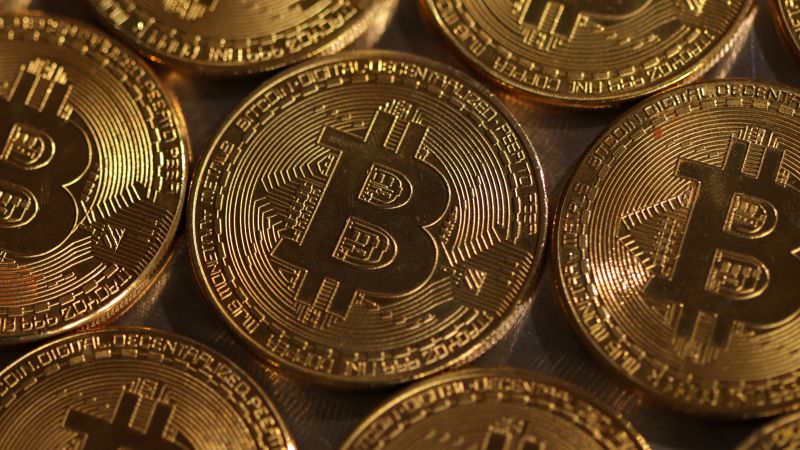Editor’s Note: A version of this story appeared in CNN Business’ Nightcap newsletter. To get it in your inbox, sign up for free, here.
New York
CNN
—
The quadrennial “halving” is almost upon us.
And while that may sound like some kind of pagan ritual or horror movie title, it’s actually a pretty mechanical operation that’s hardcoded in the design of bitcoin.
Put simply, the halving is an automatic 50% reduction in the number of bitcoin entering circulation. That should, in theory, push the value of the cryptocurrency higher while keeping its inflation in check.
The halving is the World Cup for crypto believers. It happens every four years, and emotions run high.
“Guessing the endgame for Bitcoin after each halving is the ultimate sport,” said Antoni Trenchev, co-founder of crypto lender Nexo, in a statement. “If the previous halvings are anything to go by, it should take no longer than eight months for Bitcoin’s price to double in value.”
That is a decidedly bullish view, but not an uncommon one among the bitcoin faithful.
Bitcoin, the world’s first and biggest digital currency, hit a record high of $73,750 in March, fueled partly by investors geeking out over the halving, and partly by the United States’ regulatory approval of several bitcoin-based exchange-traded funds, or ETFs.
Those financial instruments have given mainstream investors an on-ramp to gain exposure to bitcoin’s movements without some of the risks of actually owning the digital currency, and resulted in billions of dollars rushing into bitcoin, which is up 40% this year.
The timing of the halving isn’t precise, as it’s based on the rate at which bitcoin tokens come into circulation through a technical computing process known as mining.
Most estimates say the halving will happen this Friday night, April 19, for those in the eastern United States, or in the morning on Saturday, April 20, for those in Asia-Pacific.
“Every halving has historically resulted in some sort of bullish price action,” said Gareth Rhodes, managing director at research and advisory firm Pacific Street, in an interview earlier this year. “Which makes sense, because you expect with more supply constraints that prices increase.”
In 2020, bitcoin miners’ “reward” went from 12.5 bitcoin to 6.25. Now, it will go from 6.25 down to 3.125. Miners are essentially auditors on the bitcoin blockchain, using powerful supercomputers to validate transactions and getting paid for their work in bitcoin.
Of course, there are plenty of crypto skeptics warning that digital assets have yet to prove their use case in the real world and are, at best, highly risky investments.
“It’s not clear to what degree the past price movements were caused by the halving, versus simply correlated with it,” noted Molly White, a software engineer and prominent crypto critic, in her newsletter Citation Needed. “Notably, the previous halving in May 2020 coincided with massive macroeconomic changes in the early months of the Covid-19 pandemic, which brought money flowing into riskier asset classes across the board, and also brought a wave of bored pandemic-driven day traders into crypto.”
Echoing that word of caution, Villanova University finance professor John Sedunov wrote that there’s no guarantee bitcoin’s past performance would repeat itself, “especially in light of the macro environment and potentially rising costs of mining.”
By design, there will never be more than 21 million bitcoin. That creates a scarcity that proponents say creates value. Skeptics tend to argue that such manufactured scarcity doesn’t create any real underlying value. (Perhaps the most prominent in that camp is Jamie Dimon, the head of JPMorgan Chase, who has long derided bitcoin as a worthless investment.)
While long-term sentiments on bitcoin are bullish among the crypto faithful, the psychology around an event like the halving is hard to predict and can create volatility that’s extreme even by crypto standards.
Greg Beard, CEO of Stronghold Digital Mining, said in a statement ahead of the halving that while there’s been some exaggerated enthusiasm around the event, the latest bitcoin rallies are “much more than a fad.”
“Bitcoin is maturing with institutional adoption,” Beard said. “It wouldn’t be surprising to see the price of bitcoin increase significantly over the next two years.”


